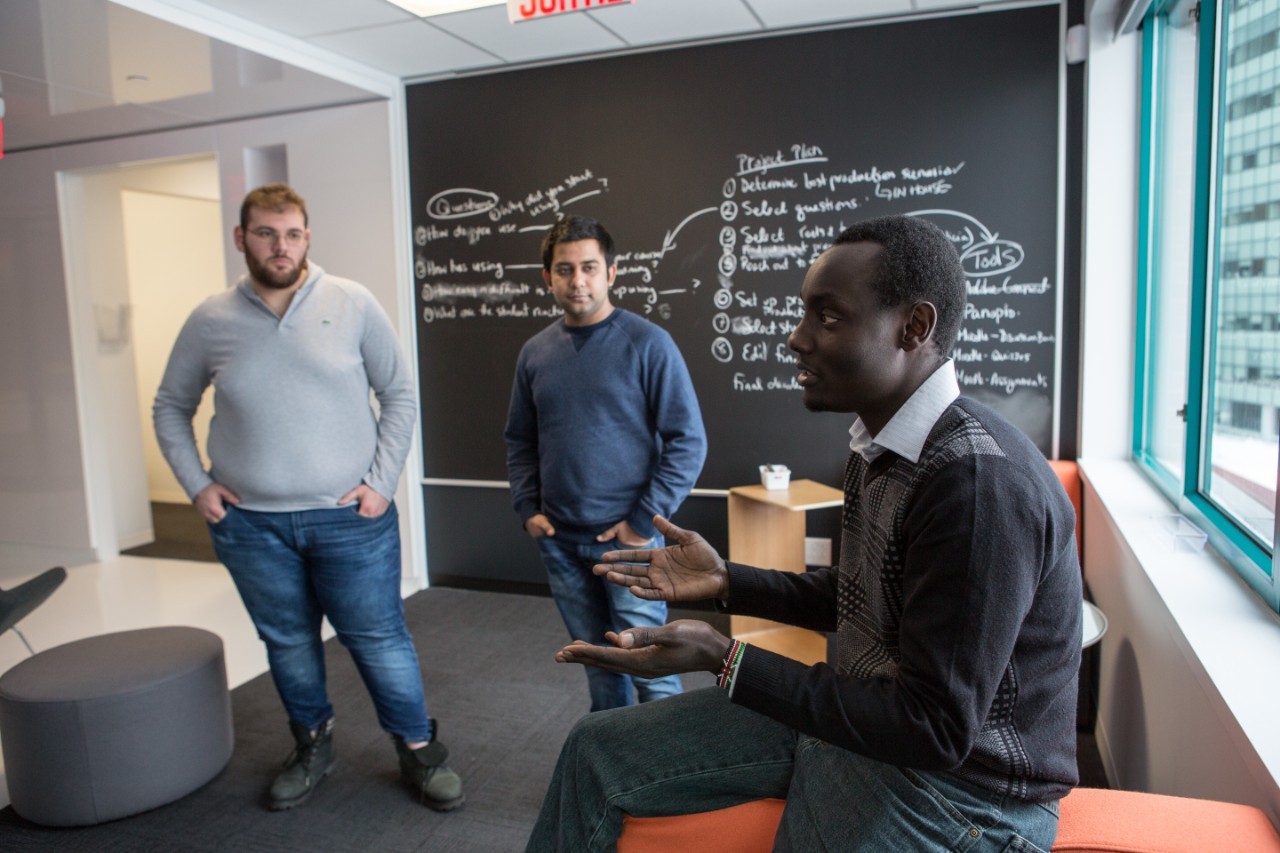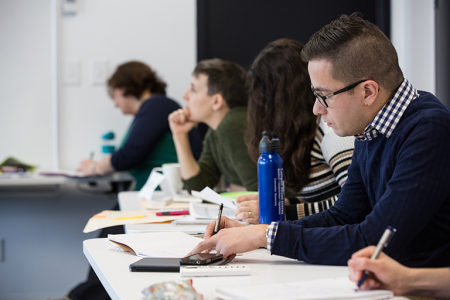Who can be a teaching assistant?
Teaching assistantships at Concordia are unionized through the TRAC Union and therefore only given to students registered at the university. Position availabilities vary significantly across departments. Some departments offer TA positions to both graduate and undergraduate students, while other departments prioritize graduate students. Teaching assistantships can be mandatory for graduate students, depending on the department’s graduate student funding structure.
To know what TA positions are available to you, check with your department or supervisor.
What course should I TA?
If your teaching assistantships are not pre-assigned, you will have to figure out what you want to teach. Deciding which course to TA will depend on which subjects you’re most interested in and comfortable with. Remember, for tutorial and laboratory TA roles, you will need to understand the concepts of the course well enough to teach them and answer students’ questions. Even if you are marking, you will need a good enough understanding of the course material to be able to tell which answers meet the criteria of the evaluation.





